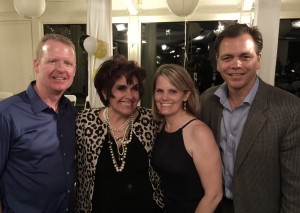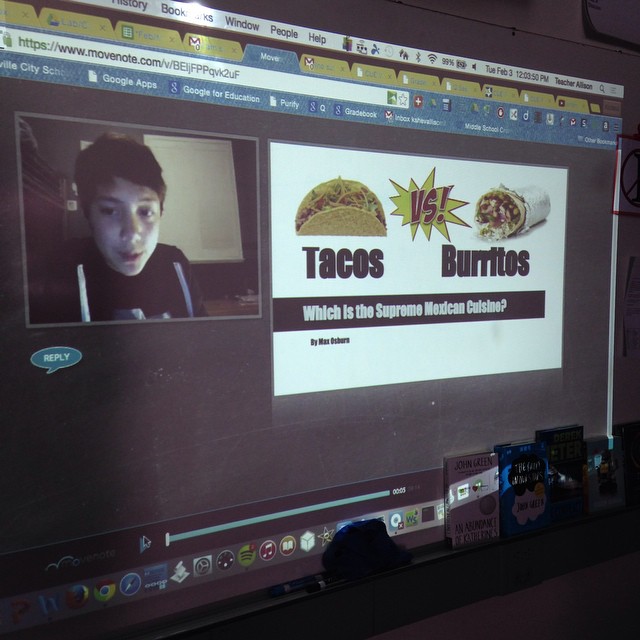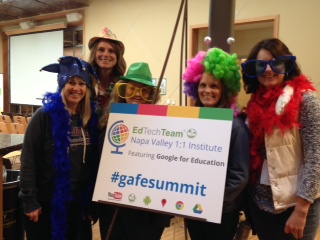Last year I attended Cue Rockstar Tahoe (which is really in Truckee) for the first time. I truly had no idea what to expect, except that I knew I HAD to be there. It was like something was calling me from the dense forests and winding Truckee River. I was salivating to learn. What I didn’t expect was to fall in love. Strangely, the love wasn’t necessarily for the content, although that could not be ignored. It was for the people. The people that lead and attend are some of the kindest and passionate learners I’ve ever met. When I went back to my school in the fall, I must have seemed like a lunatic the way I bragged. I was truly a lone nut, trying to express how incredible the experience was. (I managed to get my principal to send me to Cue Rockstar Petaluma last February, as well, convincing him that I NEEDED to be there.) Apparently lunacy is an attractive quality because this year, 15 teachers and administrators from my district joined me. And I have to admit, it was FREAKING AMAZING! Now I had my followers.
As usual, the things I learned were mind blowing, (seriously, check out Site Maestro and Badgelist), but being able to go back to my hotel room, go out to dinner, lounge at the brewery until after 10pm, and get up in the morning for a five mile walk, all discussing teaching strategies, ideas for innovations and even how to balance life, THAT is where the magic happens. Of course, it wasn’t just with my staff, it was with the countless colleagues I have met since last year’s Cue Rockstar Tahoe, most via social media (Twitter, Voxer) and the new friends I met just this week. Passionate people never stop inspiring. They can’t help it.
If I could wear a billboard 24/7 it would be an advertisement for Cue Rockstar. Nowhere have I ever gotten so much out of a few days of professional development. But more than anything, nowhere have I ever felt so at home. These are my people.




